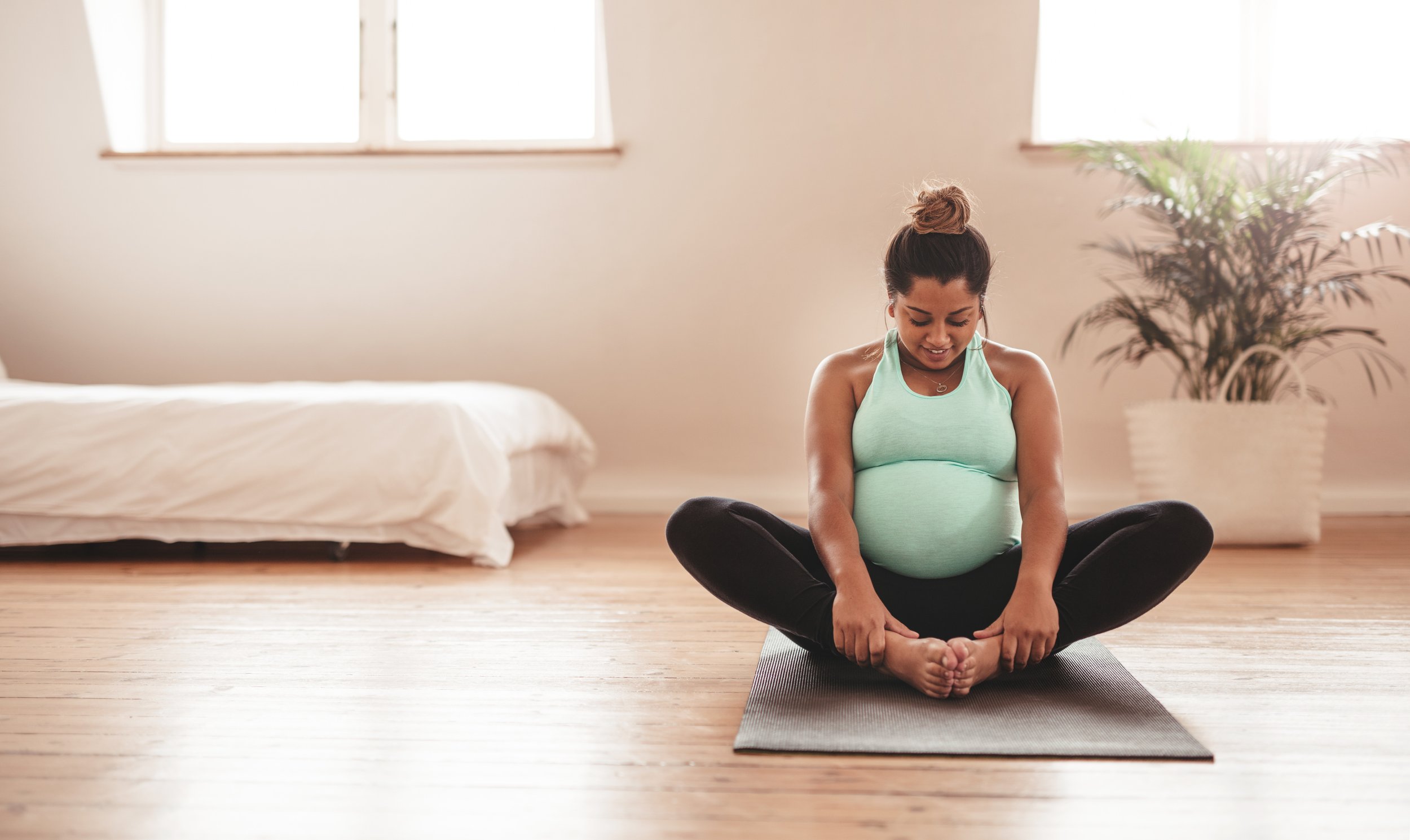
Frequently asked questions.
1. How can yoga benefit me during pregnancy and childbirth?
Yoga can provide numerous benefits during pregnancy and childbirth, including improved flexibility, reduced stress, better posture, enhanced breathing techniques, and increased relaxation. It can also help in managing discomfort, promoting better sleep, and preparing your body for labor and delivery.
2. When is the best time to start practicing prenatal yoga?
You can start practicing prenatal yoga as soon as you're comfortable, ideally after the first trimester. Always consult your healthcare provider before beginning any new exercise routine during pregnancy.
3. Are there any specific poses I should avoid during pregnancy?
Yes, some poses that involve lying flat on your back or intense abdominal stretches should be avoided after the first trimester. Deep twists and inversions might also be challenging as your pregnancy progresses. It's essential to practice under the guidance of a qualified prenatal yoga instructor who can modify poses to suit your needs.
4. Can yoga help alleviate common pregnancy discomforts like back pain and nausea?
Yes, yoga can help alleviate various pregnancy discomforts. Gentle stretches and poses can target specific areas of discomfort, while breathing techniques and relaxation exercises can reduce stress and nausea.
5. What is the role of breathing techniques in prenatal yoga?
Breathing techniques, such as deep belly breathing and Ujjayi breath, can help you stay calm, increase oxygen flow to your baby, and manage pain during labor. Learning proper breathing techniques in prenatal yoga can be incredibly beneficial during childbirth.
6. Is it safe to continue practicing yoga in the third trimester?
Yes, you can continue practicing yoga in the third trimester, but it's essential to make modifications as your body changes. Focus on gentle stretches, relaxation, and breathing exercises. Avoid poses that could put excess strain on your body.
7. Can prenatal yoga shorten labor and make childbirth easier?
While prenatal yoga can help prepare your body and mind for childbirth, its direct impact on the length of labor is not guaranteed. However, practicing yoga can potentially contribute to a smoother labor process due to improved flexibility, relaxation, and breathing techniques.
8. How soon after childbirth can I resume practicing yoga?
The timing varies from person to person and depends on factors such as the type of delivery and your overall postpartum recovery. It's generally recommended to wait until you receive clearance from your healthcare provider, usually around 6 to 8 weeks postpartum.
9. Are there any specific postpartum yoga practices I should consider?
Postpartum yoga can focus on rebuilding core strength, pelvic floor health, and overall body conditioning. Gentle stretches and relaxation techniques can also help with reducing stress and promoting recovery.
10. Can I practice yoga if I had a cesarean section (C-section) delivery?
Yes, but you need to be cautious. Wait until you're cleared by your doctor and ensure that the poses you practice don't put undue pressure on your abdominal area. Gradually ease back into your yoga routine, and avoid any poses that cause discomfort.
Remember, always consult your healthcare provider before starting or continuing any exercise routine, especially during pregnancy and postpartum. Additionally, attending prenatal yoga classes led by certified instructors can provide personalized guidance and ensure your practice is safe and effective.
